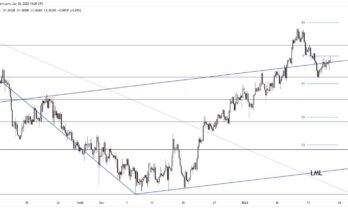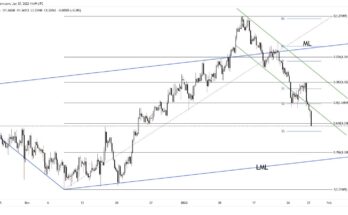The seemingly relentless rise of the dollar in the past 3 months has faltered this week, but that should probably be a welcome relief given the extent of recent gains. The dollar index has moved around 7.5% higher over this time and the succession of weekly gains is the longest since the start of fully-floating exchange rates in the 1970s. This places us in an interesting position ahead of the US employment report today, given that this usually invokes greater than usual volatility in the dollar. The unemployment rate is seen holding steady at 6.1% in September, with the headline growth in non-farm payrolls seen at 210k, following a more disappointing 134k increase in August. The currency could well find itself more vulnerable to a weaker number, with even a stronger than expected reading risking a weaker dollar as higher levels are used to sell into the weekend.
As for the single currency, there was an air of disappointment with the ECB yesterday at the monthly new conference, with the ECB President downplaying expectations of a strong expansion of the ECB balance sheet along the lines previously hinted at. This added to the pressure on the dollar as euro shorts were covered into the European close. The ECB president’s remarks reflect what we’ve been saying for a long time, namely that the options available to the ECB are pretty limited in their ability to have a strong influence on either deflation risks or the economy. Also today we have more final PMI data for the eurozone and data for the UK as well.
Further reading:
EUR/USD, GBP/USD and USD/JPY Pivot Points and Technical Analysis
EUR/USD: Trading the US Non-Farm Employment Change



